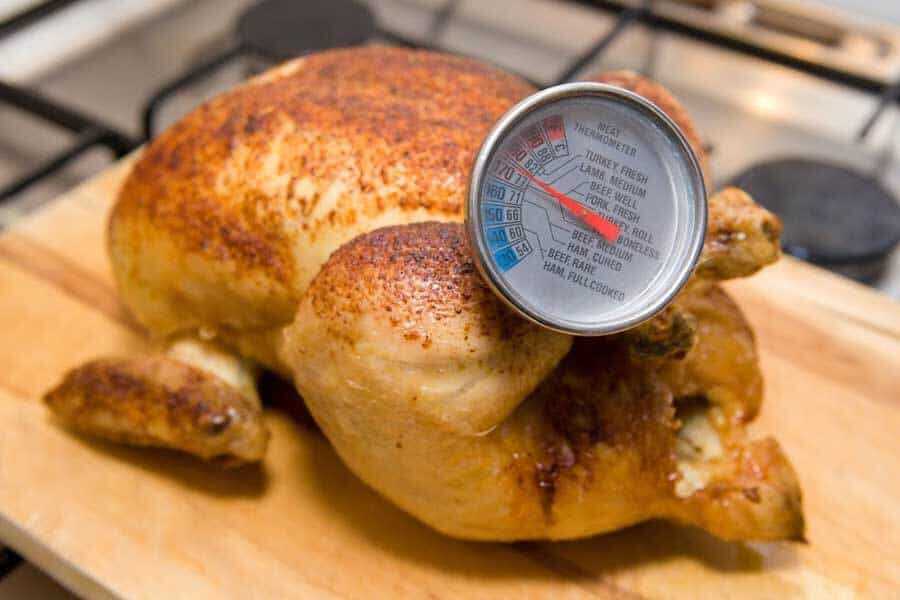
Sobre a Salmonella
Salmonella é um gênero de bactérias, vulgarmente chamadas salmonelas, pertencem à família Enterobacteriaceae, sendo conhecida há mais de um século.
O trato intestinal do homem e dos animais é o principal reservatório natural deste patógeno, sendo os alimentos de origem aviaria importantes vias de transmissão. Isto ocorre porque a carne de frango é rica em proteínas e gorduras, possui uma aw – atividade aquosa – elevada e, portanto, tende a sofrer PSE (carne pálida, mole e exsudativa), com um pH neutro, transformando-a em uma carne com alto risco microbiano. A Salmonella spp. é uma bactéria comum nos ovos e frangos, e sobrevive a altas temperaturas. O principal risco de contraí-la acontece quando se consome frango cozido de forma inadequada, sendo esta mesma razão uma das principais causas de surtos de doenças transmitidas pelos alimentos (WANG et al., 1996).
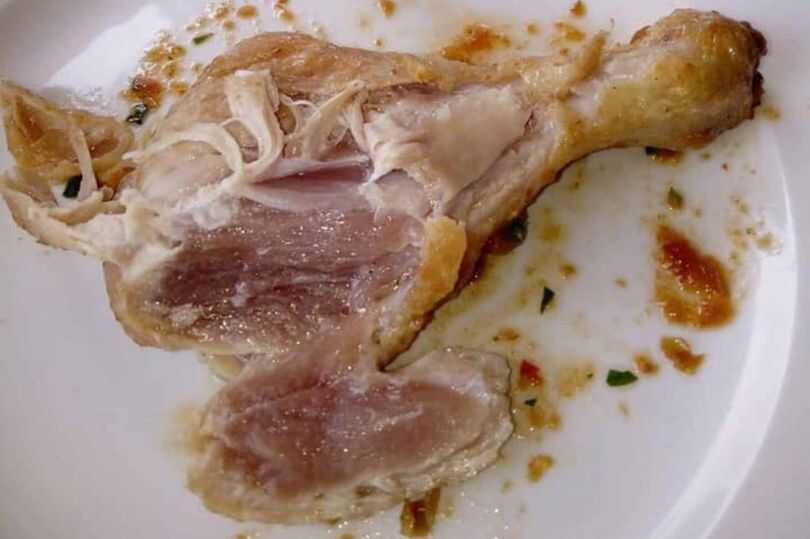
Salmonella é um risco para o consumidor poia a disseminação foi ampliada na atualidade pela mudança nos hábitos alimentares da população. A necessidade de elevar a produção de alimentos que muitas vezes não leva em consideração as boas práticas de fabricação. As boas práticas de fabricação incluem os cuidados com a matéria-prima, fabricação, armazenamento, transporte e preparo. Muitas vezes os consumidores finais também negligenciam o armazenamento e os cuidados enquanto são responsáveis pelo cuidados com o produto.

A principal fonte de contaminação advém de restaurantes ou estabelecimentos de fast food, de acordo com o que foi publicado pelo Centers for Disease Control and Prevention (CDC) entre 1998 e 2000.
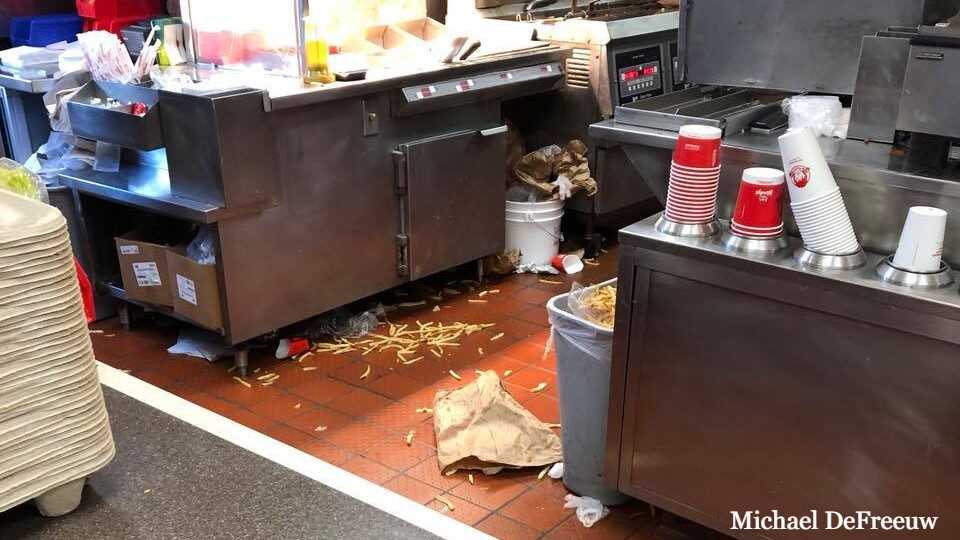
Salmonelose
Salmonelose é o nome dado à infeção sintomática causada por bactérias do tipo Salmonella. Os sintomas mais comuns são diarreia, febre, cólicas abdominais e vômitos. Os sintomas têm geralmente início 12 a 36 horas após a exposição e duram de dois a sete dias. Os casos mais graves da doença podem causar desidratação.
Como evitar a Salmonella
Métodos de cozimento
Pesquisou-se a fundo a sobrevivência da Salmonella em vários sistemas de carne cozida, especialmente no frango, devido à sua proliferação e constantes surtos (BAYNE et al., 1965; WILKINSON et al., 1965; BRYAN et al., 1968; BROWN & TWEDT, 1972; GOODFELLOW & BROWN, 1978). A temperatura de cozimento sugerida é de 74°C para eliminar qualquer presença de Salmonella spp. A inativação térmica dessa bactéria na estrutura interna do tecido da carne poderia diferir de acordo com o método de cozimento, além do que a letalidade total deste processo pode ser afetada pelo tipo de composição da carne de frango.
Forno de convecção
As peças de frango são introduzidas em um forno de convecção cuja temperatura do ar é determinada pelo tipo de produto que se está assando, e varia de 75°C a 140°C; a velocidade do ar pode variar de 7 metros cúbicos por minuto a 13 metros cúbicos/min. A velocidade do ar afeta a transferência de calor entre o ar quente e a superfície do frango. A condutividade térmica é propriedade material da carne de frango (MURPHY & MARKS, 1999) e não é diretamente afetada pela velocidade do ar. Durante o cozimento por convecção de ar, a temperatura do produto e as condições de cozimento afetam sobremaneira a inativação térmica dos patógenos.
Banho-maria
Consiste em submergir o frango em água fervente durante certo período de tempo. A água pode chegar a até 96°C para sua pasteurização e, dessa forma, remover qualquer agente microbiano. A temperatura e os períodos de tempo serão estimados de acordo com a espessura e profundidade da carne e serão submetidos a uma constante checagem da temperatura interna do corte.
Fritura
O frango é marinado e enfarinhado para logo em seguida ser mergulhado em uma mistura de óleos hidrogenados e não hidrogenados dentro de uma fritadeira. O óleo se encontra a uma temperatura de 190°C e o óleo fresco é pré-aquecido a 190°C, durante duas horas, antes de o frango ser frito. A temperatura é controlada com um termopar (Cobre/Constantan) e as peças de frango logo são tiradas do óleo para que o excesso de gordura de sua superfície seja removido com a ajuda de papel absorvente.
Conclusão
O aumento da presença e persistência de micro-organismos no frango – especialmente a Salmonella spp. – se deve à globalização no mundo e do trânsito de bactérias derivado da exportação e importação de produtos avícolas, já que sua demanda tem aumentado ao redor do planeta. Além disso, como a demanda por esse produto é maior, os períodos de tempo de cozimento são menores e as quantidades de aves nos aviários são maiores, o que também favorece a proliferação da referida bactéria. É indispensável conhecer os fatores de risco, os pontos críticos de controle, mas sobretudo dar a devida importância aos períodos de tempo e temperaturas de cozimento, etapa na qual os riscos de reprodução e de sobrevivência desse patógeno são maiores.
-
 Sal de cura 1R$ 8,00
Sal de cura 1R$ 8,00 -
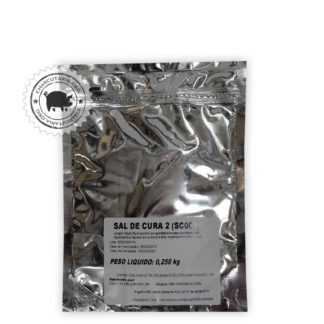 Sal de cura 2R$ 8,00
Sal de cura 2R$ 8,00 -
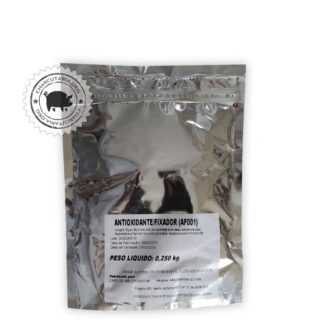 Antioxidante FixadorR$ 23,00
Antioxidante FixadorR$ 23,00 -
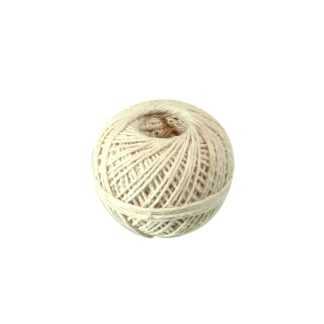 Barbante culinárioR$ 7,90
Barbante culinárioR$ 7,90 -
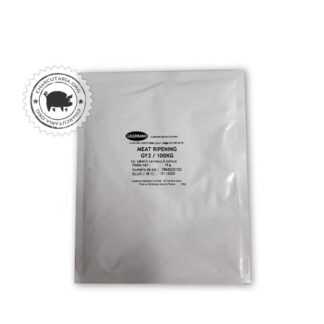 Cultura StarterO preço original era: R$ 69,90.R$ 59,90O preço atual é: R$ 59,90.
Cultura StarterO preço original era: R$ 69,90.R$ 59,90O preço atual é: R$ 59,90. -
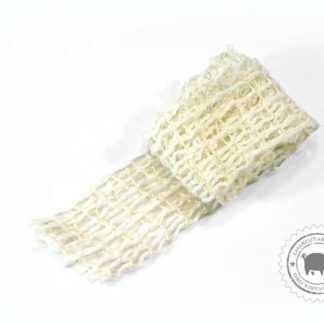 Rede elástica culinária 50mmR$ 15,00
Rede elástica culinária 50mmR$ 15,00 -
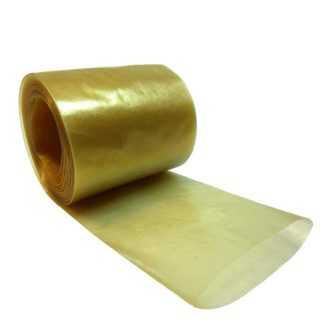 Tripa de colágeno 45mm rolo 5 metros salameR$ 25,00
Tripa de colágeno 45mm rolo 5 metros salameR$ 25,00 -
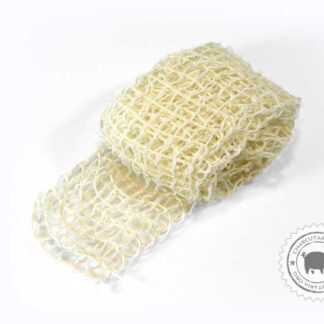 Rede elástica culinária 65mmR$ 18,00
Rede elástica culinária 65mmR$ 18,00 -
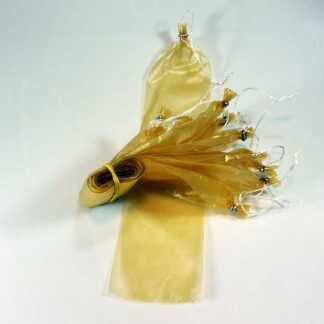 Tripa de colágeno salame 45mm 10 unidades amarradasR$ 22,00
Tripa de colágeno salame 45mm 10 unidades amarradasR$ 22,00 -
 Tripa de colágeno 80mm copa e salameR$ 29,90
Tripa de colágeno 80mm copa e salameR$ 29,90 -
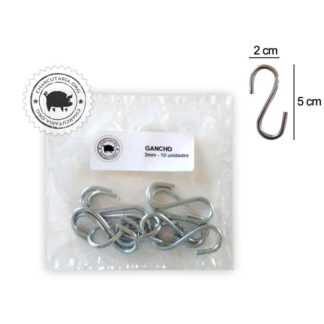 Gancho GalvanizadoR$ 12,00
Gancho GalvanizadoR$ 12,00 -
 Tripa de colágeno salame 50mm 10 unidades amarradasR$ 24,00
Tripa de colágeno salame 50mm 10 unidades amarradasR$ 24,00

